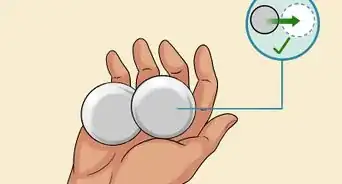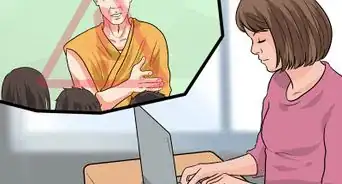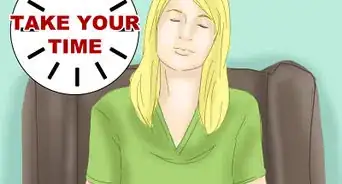This article was co-authored by Trudi Griffin, LPC, MS. Trudi Griffin is a Licensed Professional Counselor in Wisconsin specializing in Addictions and Mental Health. She provides therapy to people who struggle with addictions, mental health, and trauma in community health settings and private practice. She received her MS in Clinical Mental Health Counseling from Marquette University in 2011.
wikiHow marks an article as reader-approved once it receives enough positive feedback. In this case, 91% of readers who voted found the article helpful, earning it our reader-approved status.
This article has been viewed 38,430 times.
In a 2013 study published in Thailand’s premier medical journal, researchers discovered that meditation can dramatically lower cortisol levels—the main hormone that triggers stress.[1] There are many different types of meditation that you can practice, but some may be better suited to helping you calm down when you are feeling upset, stressed, or anxious about something. For example, if you are so angry about something that you can’t even imagine sitting down to meditate, walking meditation offers a good method to meditate while also using up some of that physical energy. You can also try mindfulness or mantra meditation if you are feeling up to sitting still while meditating.
Steps
Practicing Walking Meditation to Calm Down
-
1Make sure you have a safe place to walk. While you can practice walking meditation any time you are walking anywhere (e.g. while walking to school or work), if you are new to the practice, it’s best to choose a place where you can walk without encountering traffic.[2]
- It is important to be safe while walking. While this type of meditation is great for calming down and relaxing, you do have to remain aware of what you are doing and where you are walking. It is not meant to be a trance-like state.
-
2Decide how long you want to walk. You can walk for five minutes if that's all you have time for, but you can also walk for 30 minutes or an hour if you have the time, and are feeling particularly anxious and caught up in the daily grind.
- Knowing how long you want to walk can be helpful in choosing a place to walk. If you know you’re only going to walk for five minutes, you can probably find a small park to walk through.
- If you are feeling very upset about something you can also skip this step and just dive straight into walking. You can walk for as long as you feel like walking or until you feel that you’ve calmed down.
Advertisement -
3Stand still. Before you begin your walking meditation, start by standing still outside. Take a few deep breaths, and breathe as deeply as you can into your belly. Try to notice your breath and how it feels going into your body, and then how it feels as you exhale.[3]
- After you take a few deep breaths, return to your normal breathing, but try to stay focused on your normal breathing.
- Try to become aware of how your body is feeling. Notice any soreness you might have or any tension you are feeling.
- Some also recommend setting an “intention” before each meditation session. If you are meditating to calm down, you could make this your intention. For example, while you are standing there breathing, think about exactly what it is that is upsetting you, but don’t think about what you are going to do about it. Say to yourself, “During this meditation, I want to calm myself.” You could also simply say to yourself, “Calm.”
-
4Start walking. Now that you have become more aware of your physical and emotional feelings, start walking. You don’t need to walk fast. Instead, just walk at a pace that feels comfortable for you.[4]
- While you walk, try to stay focused on the physical sensations that you feel as you walk. For example, do you notice any pain in your knees? How do your feet feel as they touch the ground?
- You will probably get distracted by something you notice while you are walking, or your mind will want to wander back to whatever upset you. Don’t get even more upset by beating yourself up about this. When you notice your thoughts have wandered, simply go back to focusing on how walking feels.
-
5Become aware of your feet. As you walk, start to pay attention to how your feet feel. How do they feel as they touch the ground? How do the socks feel on your feet? Are your shoes tied tightly, or are they a bit loose?[5]
- Once you have spent some time focusing on your feet, slowly start to move upwards. For example, move to your ankles. Think about the sensation of your ankle joints allowing your feet to flex and relax. Then continue to move slowly up your body stopping anywhere you notice tension.
- When you notice tension in the body, focus on letting that tension go. Let the tension in your hips relax, and allow them to swing loosely. Visualize the tension leaving your body and floating away.
-
6Keep returning to the walking. Inevitably, especially if you are very stressed, you will find it difficult to remain focused on yourself. Don’t get upset about this as it is normal for most people. When you notice that your mind has wandered to something that has upset you or that has stressed you out just do your best to refocus your mind on the sensations of walking.[6]
- Remember that meditation is a practice. This means that you aren’t meant to become the ultimate master of meditation in a month or even a year, but instead that you can practice meditating to become better at it. You will have some days where it is very easy to stay calm and focused, and some days you will find it nearly impossible.
-
7Return back to home/school/work whenever you feel ready. If you have set yourself a time limit, then return when your time is up. On the other hand, if you are walking until you feel more calm, return when you feel like you have calmed down enough.
- Having a calm mind will allow you to deal with the problem with less anger, and may help you see solutions you weren’t able to see before.
Practicing Mindfulness Meditation to Calm Yourself
-
1Find a peaceful place where you won’t be bothered. You can meditate anywhere, but it will be easier to focus if you can find a quiet place where you will be left alone. You can meditate in your bedroom or even outside if you want to.[7]
- Try to minimize distractions. Turn off the television, the computer, the stereo, and close the door to the room you are in to keep any pets from wandering in.
-
2Set a timer. This is not a requirement, but it can be helpful for allowing you to completely focus without wondering how long you’ve been meditating. Nearly all smartphones come with a timer, so you can just set it for however long you want to meditate, and start it once you’re ready to begin. Try choosing an alarm sound that isn't too jarring — try setting it to the sound of chimes or something melodic so you won't be shocked out of meditation when it goes off.
- If you’re brand new to meditating, try to aim for a short time, maybe five minutes.
- If you are very upset by something, meditating for a bit longer (say 10 minutes) may be very helpful in allowing you to center yourself.
-
3Find a comfortable sitting position. You can sit on the floor on a meditation cushion, you can sit in a chair with your feet flat on the floor. The important part is that you find a stable position to sit in.[8]
- You will want to sit up straight while you meditate, so make sure that you will be able to comfortably do so in your chosen sitting position.
-
4Set an intention. This is not totally necessary, but it may be helpful if you want to calm down through meditation. Give yourself a few minutes to think about what is upsetting you without trying to solve the problem. Think about the emotions you are feeling. Then, think about what you hope to accomplish through meditation. For example, “I want to calm down so I can deal with this problem better.”
- Your intention can even be a single word or phrase. For example, the intention of your meditation might be to calm down, so you could simply say to yourself, “Calm.” It can be helpful to say the word or phrase that is your intention aloud, but if you don’t want to, then just say it silently to yourself.
-
5Rest your arms on your lap. You should try to rest your arms so that your upper arms are parallel with your body. You can rest your forearms on your lap with each arm resting gently on the legs.[9]
- You don’t have to sit with your hands in any particular position (e.g. with palms facing upwards and index finger and thumb touching), just sit however feels most comfortable for you.
-
6Relax your gaze. You should allow your chin to gently drop just a little bit, and allow your gaze to rest on a point in front of you.[10]
- You don’t need to stare at a fixed point, just let your gaze land wherever feels comfortable.
- You can also close your eyes if that is most comfortable for you.
-
7Begin to notice your breathing. Focusing on the breath is the biggest part of mindfulness meditation. All you have to do is focus on your breath going in and out. Is it cool going into your nostrils? Is one nostril more open than the other?[11]
- You can focus more on the in-breath for awhile and then switch your focus to noticing the out-breath more for awhile. You can also focus on the whole pattern of breathing from start to finish if you like.
- If you find that you absolutely cannot clear your mind, then incorporate your anger/worry/stress into your meditation. For example, imagine your anger leaving your body through each out-breath. Think of each in-breath entering your body and “cleaning up” all the anger, and carrying it away as it leaves your body.
-
8Return to your breathing. If your mind starts to wander (and it probably will), just simply take notice that you are now thinking about something else. Now that you have become aware, return to focusing on your breathing.[12]
- The key is not to get angry with yourself. — if you start to get angry or frustrated, remind yourself that it's normal for your thoughts to wander. Make a conscious decision to stop your line of thinking and go back to focusing on the breaths as often as it occurs.
- Keep going if you notice that you’ve been thinking about something that upset you for the last two minutes, simply go back to the breath.
- You can also try visualizing your problems floating away as you become more calm or you can visualize yourself in a more positive state of mind. The point here is to find a way to make your meditation helpful to you. If you find that you are getting more frustrated because you can’t keep your mind clear, then switch your focus to something that feels helpful, such as visualizing your problems leaving your mind, for example.
Practicing Mantra Meditation to Calm Down
-
1Choose a peaceful place. When practicing mantra meditation it is not entirely necessary to practice in the traditional way (e.g. sitting down with eyes closed). If this is not possible, you can also practice mantra meditation wherever you are and whatever you’re doing.[13]
- If you can spare a few minutes to sit quietly, try to do it in a peaceful place where you won’t be bothered.
- For example, you could also try this type of meditation while washing the dishes, or while walking to school or work.
-
2Take a few minutes to examine your thoughts. Before you begin your meditation, it may be helpful to take one or two minutes to think about what has upset you. Think about the emotions you are feeling a bit more deeply. Are you feeling scared, sad, worried?
- Realize that if you say you are “angry” that there is a more primary emotion underneath that. For example, if you think to yourself, “Oh, I am so angry because of that negative feedback I received on my work.” Think about the reason for your anger. For example, maybe you feel worried that you might lose your job, or you feel scared that you aren’t good enough.
- If you feel that you have exhausted yourself by thinking of your problem, then skip this part. It is simply a way to help get your thoughts in order, but it is not necessary for a successful meditation.
-
3Choose a mantra. When using mantra meditation as a means to calm down, you can choose a word, phrase, or sound that helps you to relax. If possible, you should say your mantra out loud, but you can also say it internally to yourself.[14]
- For example, your mantra could be, “Let it be,” “Take a step back,” or “It’s not the end of the world.” Remember that these are just examples, and that you can choose whatever helps you to become more calm.
-
4Take a few minutes to focus on the breathing. Before you begin chanting your mantra, just take a bit of time to center yourself. Take a few slow, deep breaths and notice how they feel going in and out. Allow your breath to return to normal and then continue to follow the breath for a bit longer.[15]
- The purpose of this is to give yourself a more calm feeling.
-
5Take a deep breath before each time you say your mantra. If you are saying the mantra out loud, take a deep breath in before you begin to say it. When you begin to say the mantra try to say it in one exhale.[16]
- If you are saying the mantra internally, you can still practice this. To do this, take a deep breath in and then, as you breathe out, say it silently to yourself.
-
6Allow the mantra to fall in sync with your breathing pattern. Ideally, you will take a deep breath in, and as you breathe out, you will say your mantra. You can allow the last sounds of your mantra to linger if you are still breathing out.[17]
- These are not hard and fast rules, but will help you get into a more meditative state.
-
7Don’t think about the meaning of the words. The word, sound, or phrase will take on a meaning of it’s own as you get into a rhythm of saying it. Instead, focus on your breath and the mantra as it flows with the breath.[18]
- The point of meditation is to help your mind become more focused and relaxed. If you spend time analyzing the meaning of the words, your mind will not become relaxed.
-
8Repeat for as long as desired. As with other types of meditation, you can set yourself a timer for a specific amount of time; however, if you just want to calm down, you could also repeat the mantra for as long as you need to begin to feel more calm.
- Try to keep in mind that there are guidelines for meditation, but the purpose is to make you feel more calm and centered. If you stress yourself out about meditating “correctly” then you are defeating the purpose.
Warnings
- Don’t expect meditating to fix all your problems. Meditating can be very helpful for managing difficult emotions, but it won’t make your problems go away.⧼thumbs_response⧽
References
- ↑ https://pubmed.ncbi.nlm.nih.gov/23724462/
- ↑ http://www.wildmind.org/walking/why
- ↑ http://www.meditationoasis.com/how-to-meditate/simple-meditations/walking-meditation/
- ↑ http://www.meditationoasis.com/how-to-meditate/simple-meditations/walking-meditation/
- ↑ http://www.meditationoasis.com/how-to-meditate/simple-meditations/walking-meditation/
- ↑ http://www.meditationoasis.com/how-to-meditate/simple-meditations/walking-meditation/
- ↑ http://www.mindful.org/mindfulness-how-to-do-it/
- ↑ http://www.mindful.org/mindfulness-how-to-do-it/
- ↑ http://www.mindful.org/mindfulness-how-to-do-it/
- ↑ http://www.mindful.org/mindfulness-how-to-do-it/
- ↑ http://www.mindful.org/mindfulness-how-to-do-it/
- ↑ http://www.mindful.org/mindfulness-how-to-do-it/
- ↑ http://www.wildmind.org/mantras/how_used
- ↑ http://alwayswellwithin.com/2014/10/12/calm-stress-response/
- ↑ http://www.wildmind.org/mantras/how_used
- ↑ http://www.wildmind.org/mantras/how_used
- ↑ http://www.wildmind.org/mantras/how_used
- ↑ http://www.wildmind.org/mantras/how_used

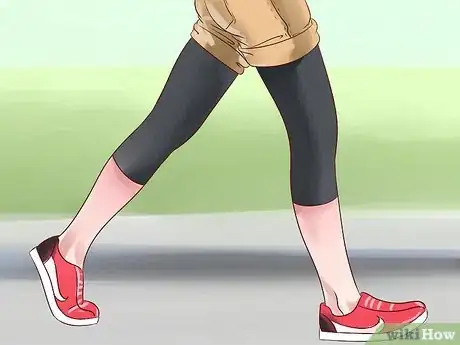

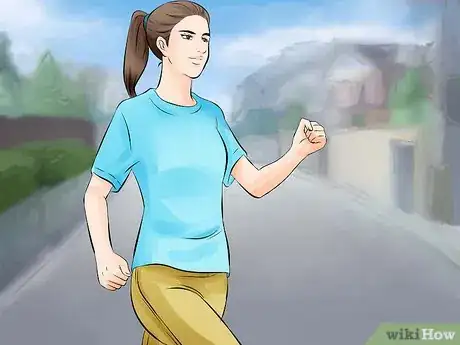


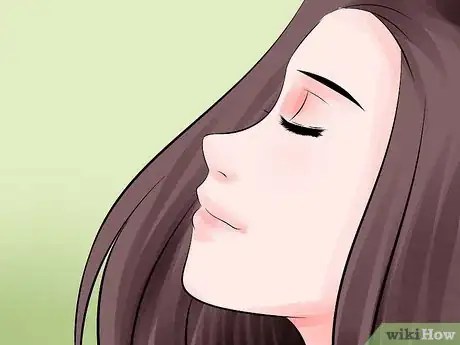
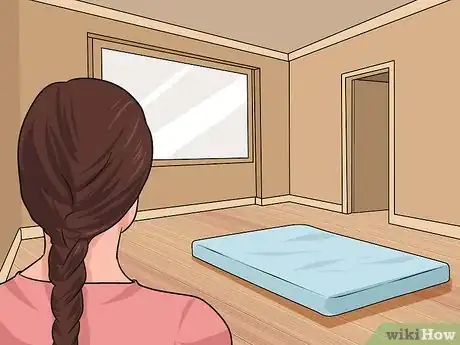

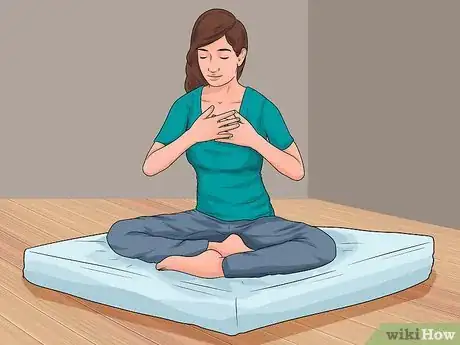
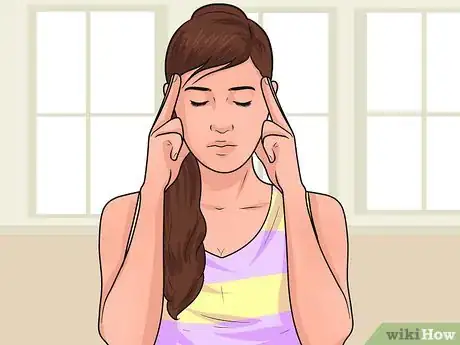

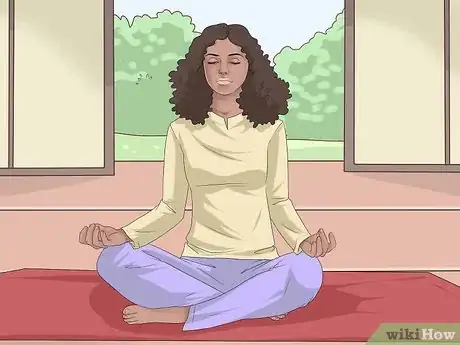
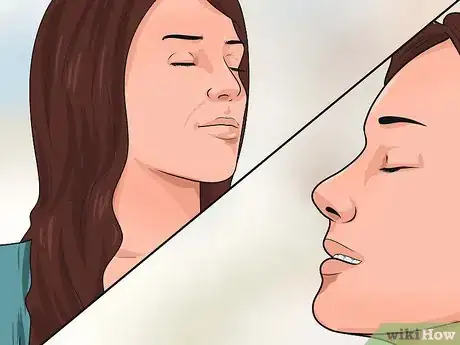
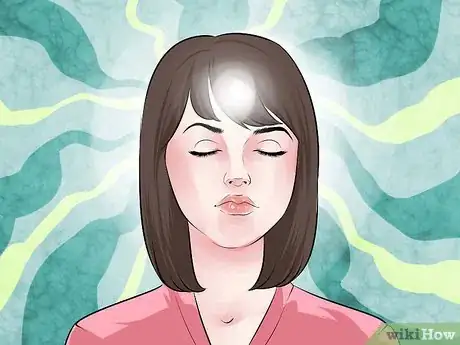

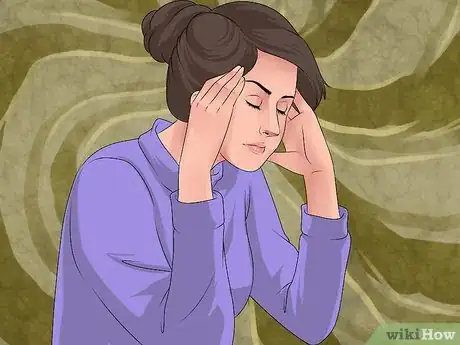


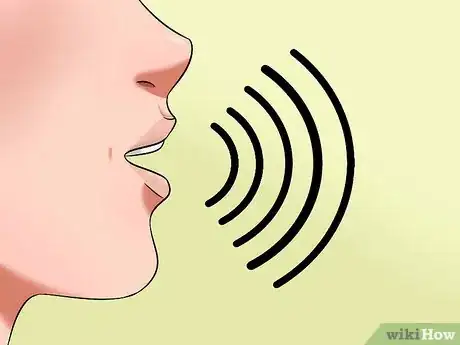
-Step-4-Version-2.webp)

-Step-7-Version-2.webp)



